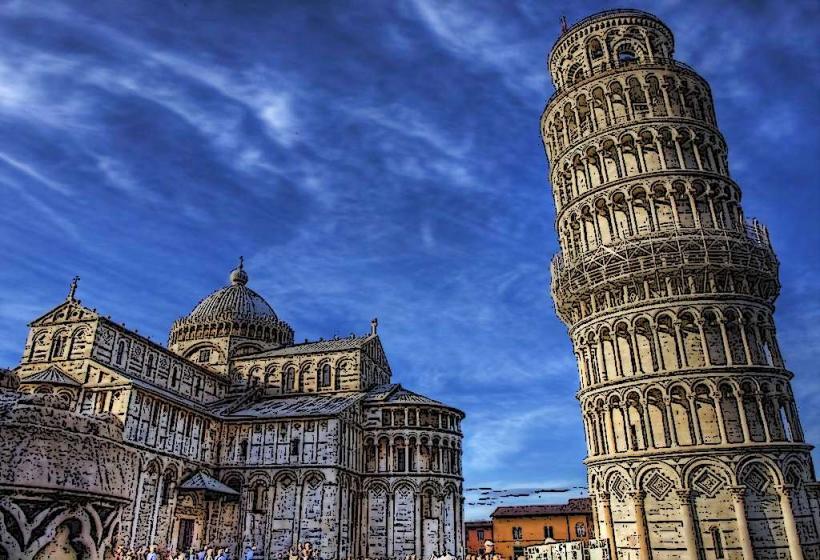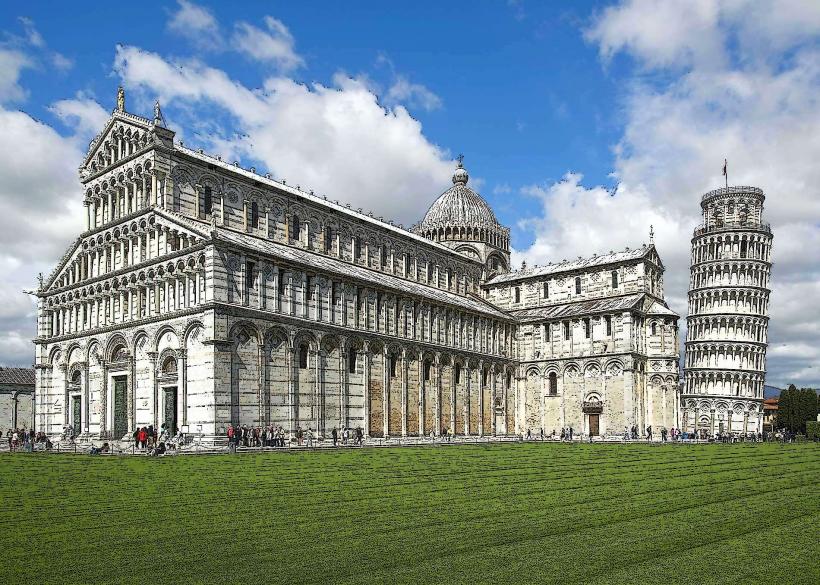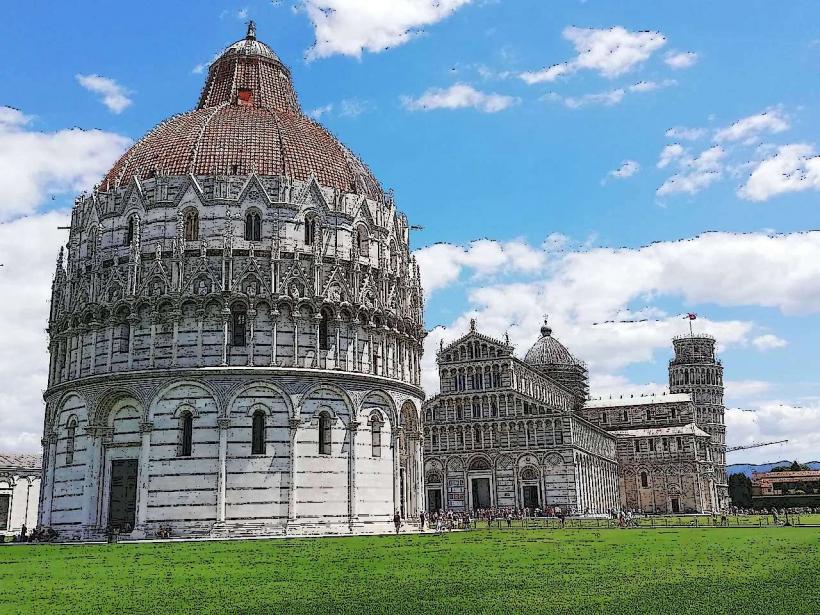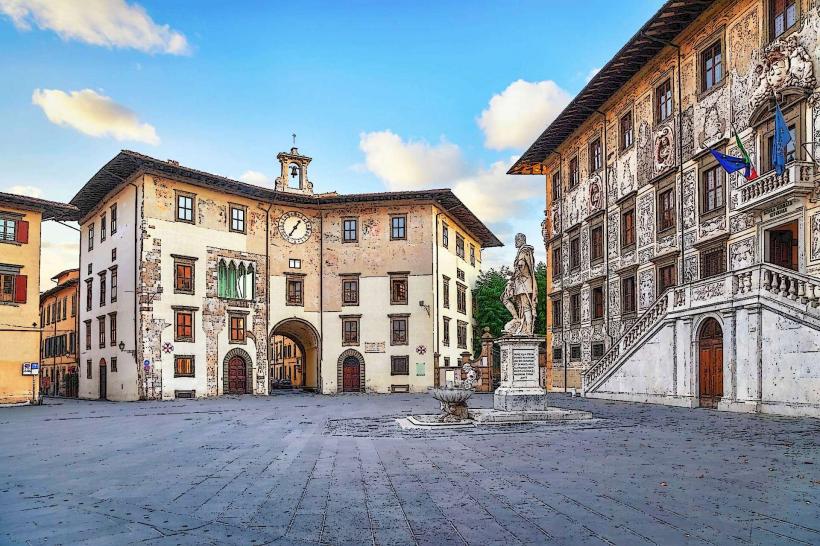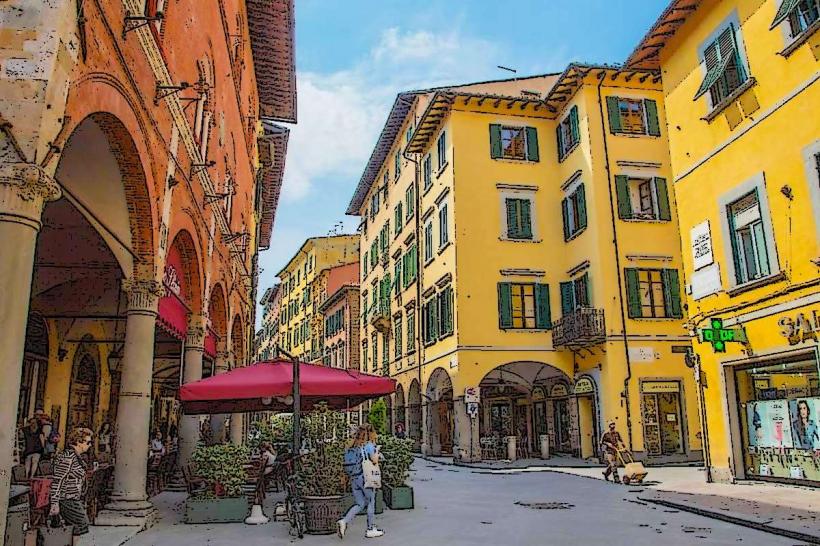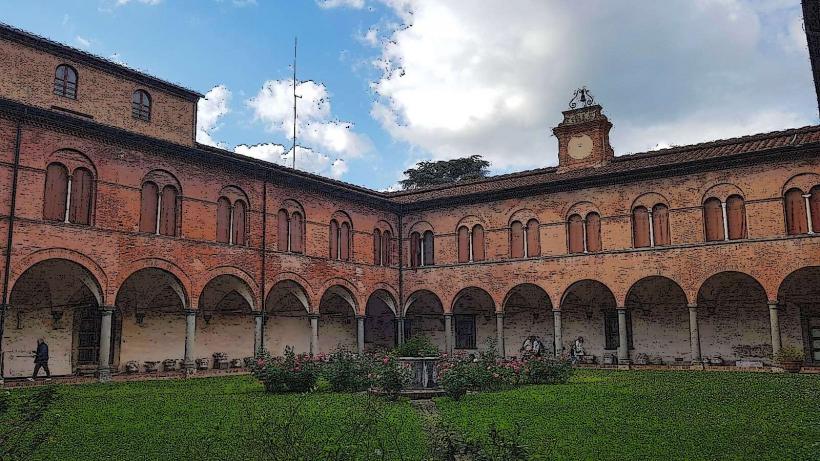Information
Landmark: Orto Botanico di PisaCity: Pisa
Country: Italy
Continent: Europe
The Orto Botanico di Pisa (Botanical Garden of Pisa) is one of the oldest botanical gardens in Europe and an important historical and scientific institution in Pisa, Italy. It is located near the center of the city, close to the Pisa Cathedral and the Piazza dei Miracoli.
Key Features and History:
Establishment: The Orto Botanico was founded in 1544 by the University of Pisa, making it the oldest botanical garden in Italy. Its creation was part of an initiative to study medicinal plants and promote scientific knowledge. The garden was originally intended to provide students of medicine with access to plants for studying their medicinal properties.
Location: The garden is situated within a serene and picturesque area, covering around 2 hectares (about 5 acres) in the heart of Pisa. It is bordered by the historic buildings of the University of Pisa and is within walking distance of many other iconic landmarks in the city.
Purpose and Educational Role: The garden continues to serve as a center for botanical research and education, offering valuable resources for the study of plant biodiversity, systematics, and conservation. Today, it is an integral part of the University of Pisa’s Department of Biology, with ongoing research into the classification and conservation of plant species.
Layout and Design: The garden is designed to display a wide variety of plant species across different thematic sections. Some key features include:
- Themed Gardens: The garden has several dedicated areas, each focusing on specific types of plants. These include sections for medicinal plants, succulents, carnivorous plants, and plants from tropical regions.
- Historic Greenhouses: The Orto Botanico houses several greenhouses, which are home to more delicate and exotic plants, including tropical and subtropical species. These greenhouses also feature cactus and succulent collections.
- The Pond: A picturesque pond, surrounded by greenery, is a central feature of the garden, home to water plants and aquatic species.
- Herbarium: The garden hosts a valuable herbarium (a collection of preserved plant specimens), used for research and educational purposes.
Collections and Plant Species: The garden contains approximately 6,000 plant species from all over the world. Notable collections include:
- Endemic Tuscan Flora: Plants native to Tuscany and the surrounding regions, showcasing the local biodiversity.
- Tropical and Subtropical Plants: These plants are housed in the garden's greenhouses and provide a look at flora from areas with warm climates.
- Medicinal Plants: A significant part of the garden’s historical focus, this collection includes a wide variety of plants that have medicinal or therapeutic uses.
- Cacti and Succulents: The garden features an extensive collection of cacti and succulents, some of which are rare or endangered.
Historical Significance: Over the centuries, the Orto Botanico has been a key institution for scientific study and has contributed to the development of botany and medicine. Notable figures such as Andrea Cesalpino, an early botanist and physician, worked at the garden and contributed significantly to plant classification.
Modern-Day Importance: Today, the garden is a public space as well as a place for scientific research. It offers an educational environment for students, researchers, and the general public. The Orto Botanico plays a role in the study of plant conservation and climate change, reflecting the ongoing importance of preserving biodiversity.
Visitor Experience: The garden is open to the public, and visitors can enjoy wandering through its peaceful paths and observing the diverse collections of plants. It also offers a relaxing environment for those looking to escape the bustle of the city. The garden’s layout, with its historic features, greenhouses, and plant species, makes it a pleasant and educational destination for anyone interested in nature.
Events and Activities: Throughout the year, the Orto Botanico hosts various events, including guided tours, educational workshops, and special exhibitions. These activities often focus on plant conservation, sustainability, and the history of botany.
Conclusion:
The Orto Botanico di Pisa is a unique and historically significant botanical garden that blends education, research, and leisure. With its rich collection of plants from around the world, its peaceful setting, and its long history of botanical research, it remains an important institution in Pisa. Whether you're interested in learning about plant species, enjoying a tranquil environment, or exploring the history of botany, the Orto Botanico offers a rich and rewarding experience.



